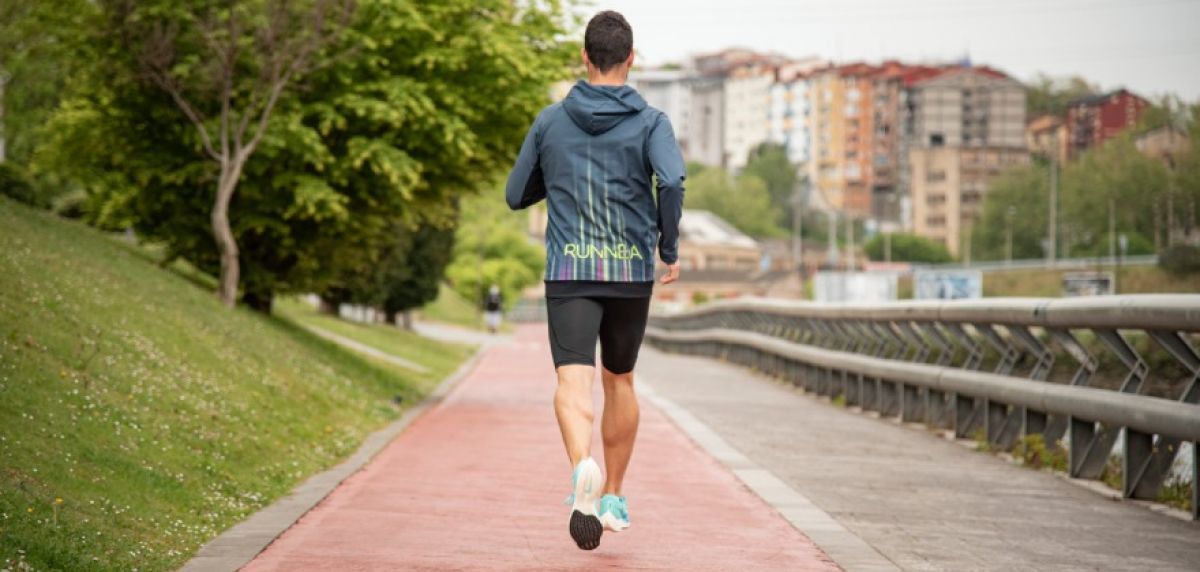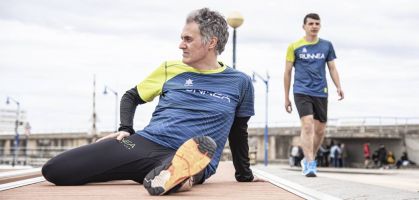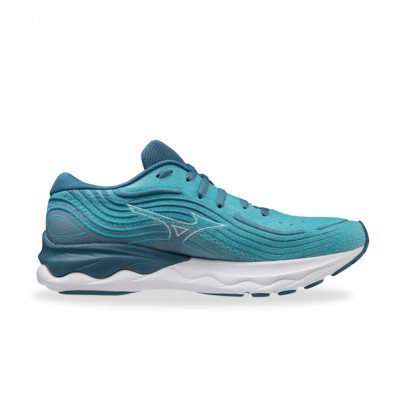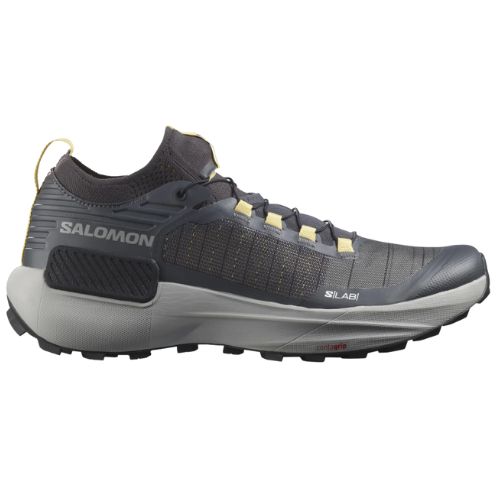If you have run lately any popular race you will have noticed that more and more runners are using shoes with carbon plate. And not only that, if you dedicate some attention to see the Running shoes with which they train in your usual area, you will also see how this type of models are gaining prominence. And it is an evidence that the carbon plate helps you to improve the times in race and to minimize the fatigue of certain muscles and joints of our lower extremities. But can we use shoes with carbon plate both to compete and to train every day?
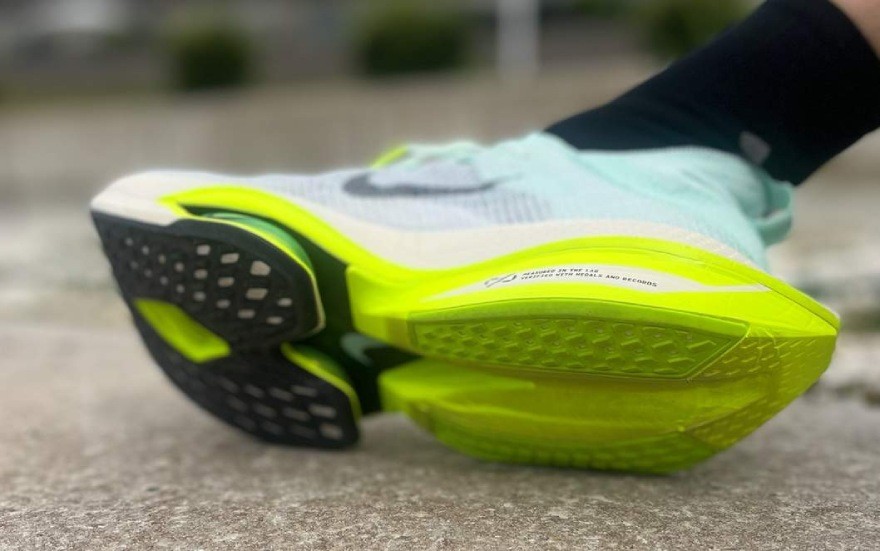
The democratization of carbon plate shoes
Carbon plate shoes have become democratized. Practically all brands have on the market several models that incorporate it and the prices (although in many cases are still prohibitive), begin to fall below the barrier of 170 € that seemed the minimum for which you could get one.
According to several published studies (some by the brands themselves, such as Nike) on the effects of carbon fiber shoes on runners, it can be concluded that the use of this type of footwear could help to combat injuries in the calf area. The rigid carbon plate in combination with the accompanying foam in the midsole can reduce muscle fatigue, especially in the calf, soleus and Achilles tendon.
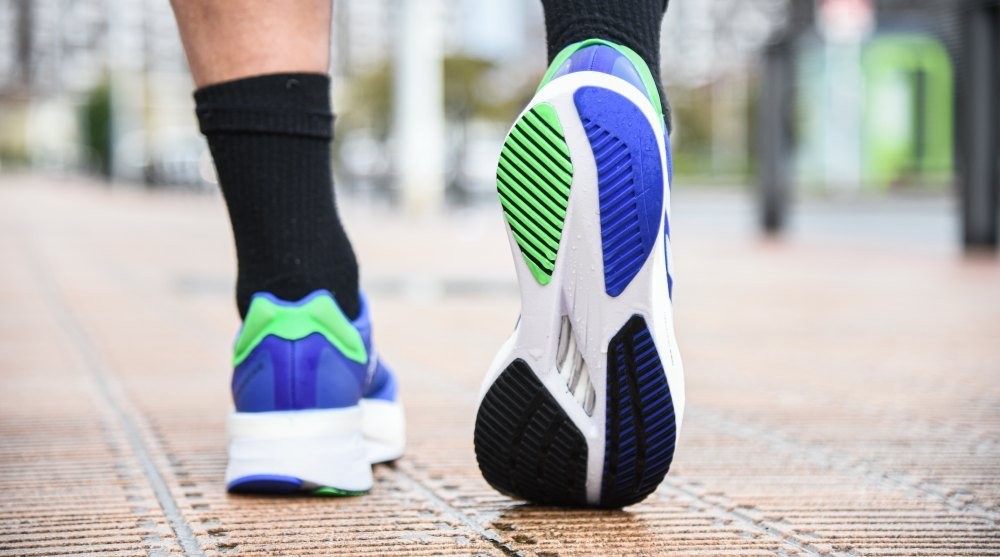
What does it mean to run only with carbon plate running shoes?
But according to experts, it is important to keep in mind that all those impact forces that occur during running, if minimized in certain areas of the body, will have an impact on others. Some of the stress caused by carbon fiber shoes can end up impacting the midfoot area and it has also been determined that prolonged use together with inefficient running technique can lead to cases of plantar fasciitis.
At RUNNEA we wanted to corroborate this theory, which can be found in several published studies and which we can read on the Internet, with the opinion of our podiatrists Rut Delgado and Toni Fernández Sierra. In Rut's opinion, she considers carbon plate shoes to be more appropriate for runners who have good technique and run at high paces. "If not, they can cause injuries because they tend to be more unstable than other models that do not have them. If you don't run at high paces, the runner is not going to get all the expected performance out of them. In my opinion, the ideal would be not to use them daily for all workouts, but to alternate them with shoes without carbon plate. I see them as ideal for series and for training the days before the competition".
The prestigious podiatrist Rut Delgado confirms the theory that this type of model helps to avoid certain muscle overloads .
"As they are more reactive shoes,they enhance the propulsion phase with less energy expenditure. This can translate into less overloading of the posterior leg muscles. But it is also true that on the other hand, as they generally have a higher midsole than other models, what they do is reduce the proprioception of the sole of the foot. Something that must also be taken into account in runners with reduced plantar sensitivity," assures Delgado.
For his part, Toni Fernández Sierra considers that the articles that talk about the effect of running shoes with a carbon plate during the race show improvements in muscular performance due to a reduction in the fatigue of some muscle groups, as well as a reduction in propulsion times due to the reactivity of both the foams of the midsole and the effect of the carbon plate. But he points out that "we must bear in mind that these studies are carried out on top runners with a very good technique (and I'm not just referring to forefoot running), a very well-worked and compensated musculature and with many hours of training behind them, so they can by no means be extrapolated to all runners".
As Rut says, these shoes also generate instability, which if your body is not able to counteract it, the end result will be more overloads and injuries . There are many other factors that will condition us to make these shoes profitable and get those precious seconds down as for example the design of the rockers of the shoe, the profile, the drop, the type of material with which they have manufactured the carbon plate (there are plates that are designed with other materials for reasons of flexibility, reactivity, price...), the thickness of these plates, the location of the plate in the midsole, the design of this plate (bending points, if they are whole or only from midfoot onwards, double plates, bifid designs....), the characteristics of the foams that accompany these plates both above and below ..... By this I mean that not only by using a shoe with a carbon plate you will improve your times, but you must choose the model that best suits your characteristics, pace, etc ... and train for your body to assimilate all those benefits that generate these special shoes. Only if that happens will you really see an improvement in your times.
So what is the best solution?
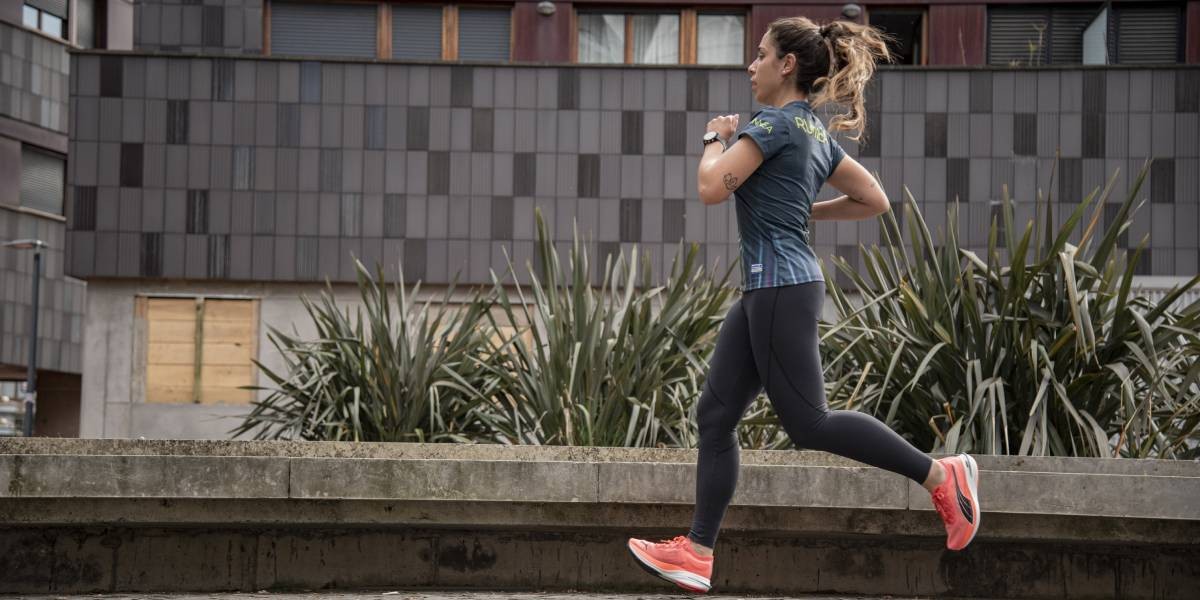
In conclusion, can we always run with carbon plate shoes? The risk of injury increases if you run with the same shoes day after day. A large part of running injuries are caused by repetitive strain. In other words, running in the same shoes on the same terrain increases the chances of injury. A more balanced approach is to avoid always running with the same pair of shoes and also to change the terrain we run on, alternating asphalt, tracks, trails..... This reduces the risk of injury and helps your body need to adapt to new impact zones while strengthening different parts of your musculature.
Read more news about: Sports Injuries
